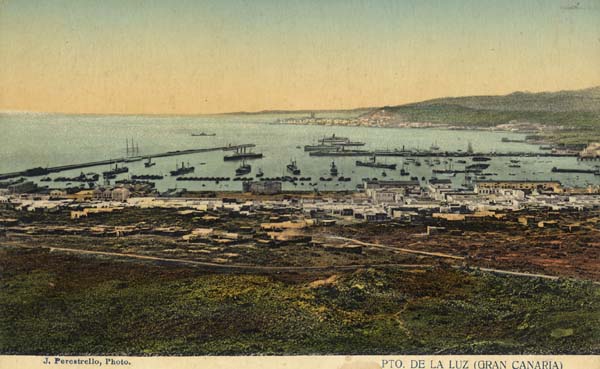I did own the Calella, the model in 2nd and 3rd photos with semicircular connection between hose and mouthpiece.Thanks for the likes, Angelo, АлександрД and Luis.
First Nemrod snorkel today is the Calella. The latter is named after the municipality (above) in the Maresme region of Spain, located 50 km from Barcelona, 50 km from Girona and 6 km from the Montnegre-Corredor Natural Park. It is known as the tourist capital of the Costa del Maresme and is characterised by being a cosmopolitan city with a typical Mediterranean climate. As for the breathing tube:
The image is from the June 1970 issue of Skin Diver magazine. So a telescopic device, barrel height adjustable.. Perhaps somewhat overengineered, but apparently in demand by those looking for "greater diving flexibility".
More imagery:
Over the years, the Calella came with a variety of mouthpiece extensions:
The last example has a flexible hose fitted with a drain valve.
It was difficult to purge it perfectly, some water did always remain inside even if expiring quickly and powerfully through it.








